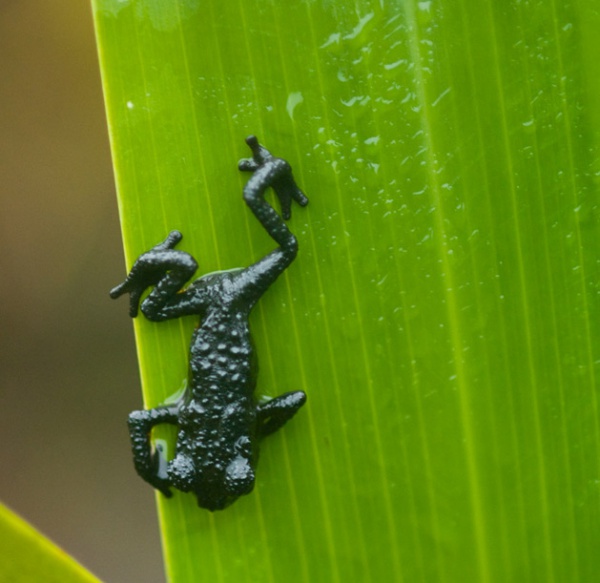Facts About Oreophrynella quelchii
Meet the Oreophrynella quelchii, commonly known as the Roraima black frog or Roraima bush toad. This distinctive amphibian belongs to the Bufonidae family and is endemic to Mount Roraima, straddling the borders of Venezuela, Guyana, and Brazil. You can also find them on the adjacent Wei-Assipu-tepui, located at the Brazil-Guyana frontier. These toads flourish at high elevations, between 2,300 and 2,800 meters above sea level.
The Roraima black frog was first described in 1895 by George Albert Boulenger, who named it Oreophrynella quelchii in honor of Mr. J. J. Quelch. Along with Mr. F. McConnell, Quelch collected the initial specimens from Mount Roraima.
The male holotype of this species is quite small, measuring just 22 mm from snout to vent. It boasts a striking appearance with a predominantly black body, accented by bright yellow or orange spots on its throat and belly. Moderate webbing is present between its fingers and toes, and its back is textured with a dense array of tiny bumps.
These toads are diurnal and thrive in high montane tepui environments, often seen basking on open rock surfaces. Although they are relatively common on Mount Roraima, their restricted range makes them vulnerable to stochastic events and potential threats from tourism activities. Fortunately, parts of their habitat are protected within Canaima National Park in Venezuela and Monte Roraima National Park in Brazil, affording them some level of safeguarding.

 Brazil
Brazil